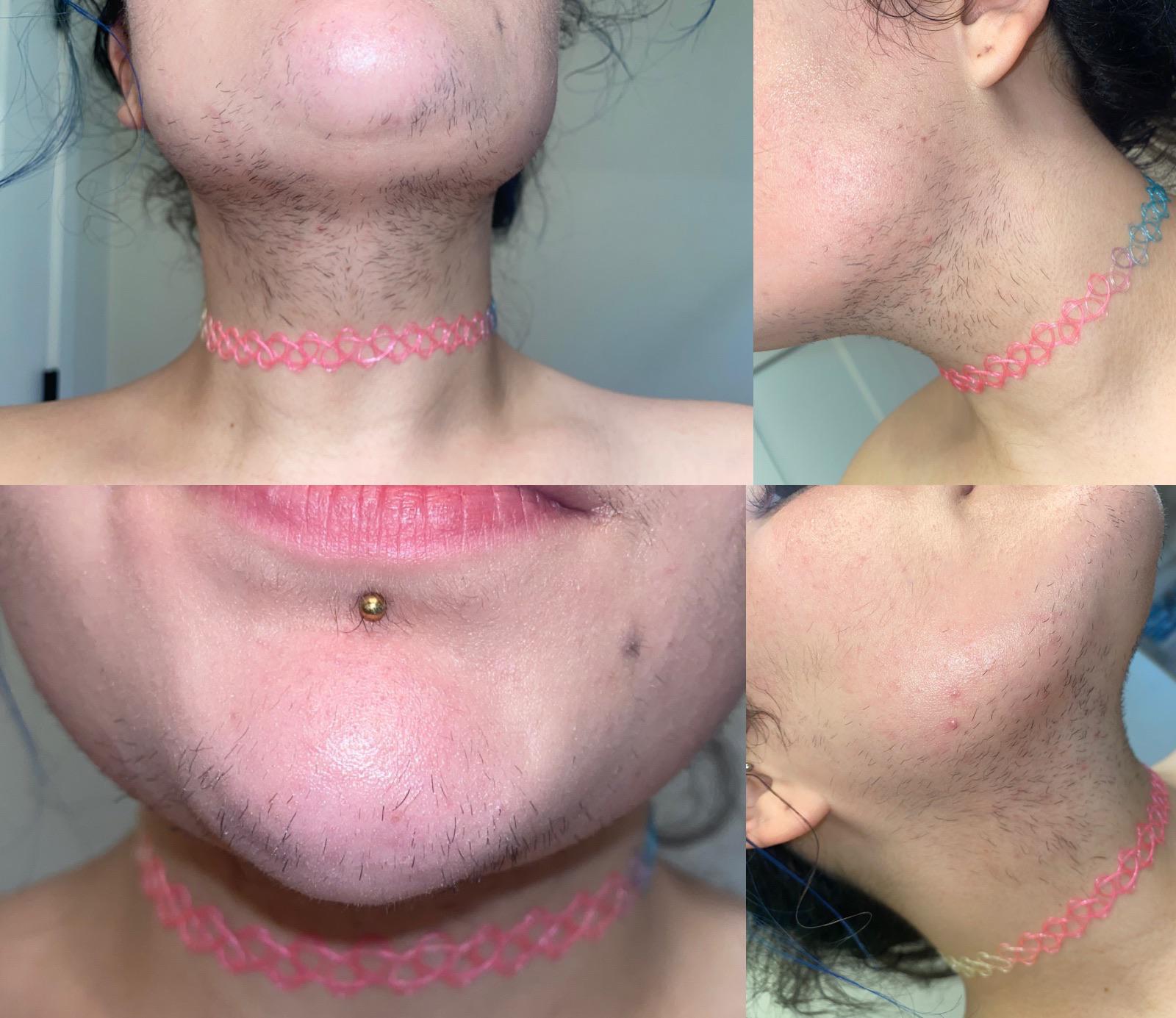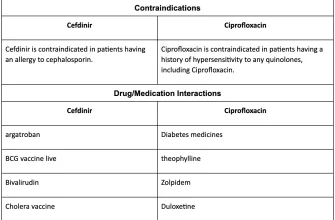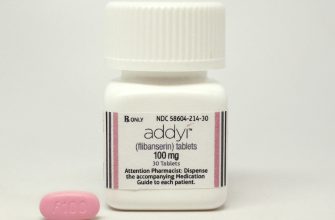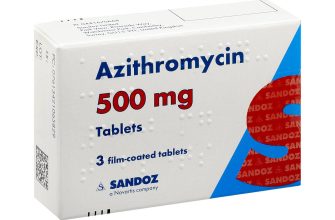Yes, spironolactone can help manage excessive hair growth, often called hirsutism. It’s a medication primarily known as a potassium-sparing diuretic, but it also exhibits anti-androgen properties, meaning it can block the effects of male hormones (androgens) in the body. This is particularly helpful for women experiencing unwanted hair growth due to hormonal imbalances.
However, spironolactone isn’t a miracle cure. Its effectiveness varies significantly between individuals, and success depends on factors like the underlying cause of the hirsutism and the individual’s response to the medication. Expect gradual hair reduction, rather than a sudden, dramatic change. You might see noticeable improvements after several months of consistent treatment, with optimal results often taking six months or more.
Before starting spironolactone, it’s absolutely vital to consult a dermatologist or endocrinologist. They will assess your specific situation, determine if spironolactone is the right treatment for you, and monitor your progress closely. They’ll also discuss potential side effects, such as menstrual irregularities or breast tenderness, and help manage them if necessary. Regular blood tests are often required to check potassium levels, a common side effect of this medication.
Remember, spironolactone addresses the hormonal aspect of hirsutism. Combining it with other hair removal methods, such as laser hair removal or electrolysis, may yield better, faster results. Your doctor can advise on the best approach tailored to your individual needs and preferences. Don’t hesitate to discuss any concerns or questions with your healthcare provider throughout your treatment.
- Spironolactone for Excessive Hair Growth
- Dosage and Administration
- Potential Side Effects
- Before Starting Treatment
- Monitoring Progress
- Alternatives and Combination Therapies
- Disclaimer
- Understanding Hirsutism and its Causes
- Hormonal Imbalances
- Genetic Predisposition
- Medications
- Other Factors
- Diagnosis and Management
- How Spironolactone Works to Reduce Hair Growth
- Who is a Suitable Candidate for Spironolactone Treatment?
- Factors Influencing Suitability
- Dosage and Administration of Spironolactone
- Potential Side Effects and Risks of Spironolactone
- Common Side Effects
- Serious Side Effects – Seek Immediate Medical Attention
- Medication Interactions
- Monitoring and Management
- Pregnancy and Breastfeeding
- Individual Variations
- Monitoring Progress and Managing Side Effects
- Alternative Treatments and Combining Therapies
- Hormonal Therapies
- Laser Hair Removal
- Lifestyle Changes
Spironolactone for Excessive Hair Growth
Spironolactone is a medication often prescribed off-label to manage hirsutism, or excessive hair growth in women. It works by blocking the effects of hormones that stimulate hair growth. This doesn’t remove existing hair, but it can significantly slow down or prevent new hair growth.
Dosage and Administration
Your doctor will determine the appropriate dosage based on your individual needs and response to treatment. Typical starting doses range from 25mg to 100mg daily. Remember, always follow your doctor’s instructions precisely.
Potential Side Effects
- Breast tenderness
- Menstrual irregularities
- Nausea
- Headaches
- Dizziness
More serious, though rare, side effects can occur. Consult your doctor immediately if you experience any unusual symptoms.
Before Starting Treatment
- Inform your doctor about all medications you are currently taking, including over-the-counter drugs and supplements.
- Discuss any pre-existing medical conditions, particularly kidney or liver problems.
- Undergo necessary blood tests to assess your kidney and electrolyte levels before starting treatment.
- Discuss potential drug interactions with your physician.
Monitoring Progress
Regular check-ups with your doctor are critical to monitor your progress and adjust dosage as needed. Blood tests will likely be required to check your potassium levels. Consistent monitoring is essential for safe and effective treatment.
Alternatives and Combination Therapies
In some cases, spironolactone may be combined with other treatments, such as topical creams or laser hair removal, for optimal results. Your doctor can advise on the best course of action for your specific situation.
Disclaimer
This information is for educational purposes only and does not constitute medical advice. Always consult with a healthcare professional before starting any new medication.
Understanding Hirsutism and its Causes
Hirsutism describes excessive hair growth in women, following a male-like pattern. This means hair appears on the face, chest, abdomen, and back–areas typically exhibiting less hair in women. Several factors contribute to this condition.
Hormonal Imbalances
Polycystic ovary syndrome (PCOS) is a common culprit. PCOS disrupts hormone production, leading to elevated androgen levels. These androgens stimulate hair growth. Other hormonal conditions, such as congenital adrenal hyperplasia and Cushing’s syndrome, also contribute to hirsutism by affecting androgen production.
Genetic Predisposition
Family history plays a significant role. If close female relatives experience hirsutism, the chances of inheriting a predisposition increase. This genetic component influences androgen sensitivity and hair follicle responsiveness.
Medications
Certain medications can trigger increased hair growth as a side effect. These include some steroids, anticonvulsants, and immunosuppressants. Reviewing your current medication list with a doctor is crucial.
Other Factors
Rare causes include tumors affecting hormone production and certain metabolic disorders. Additionally, ethnicity influences typical hair growth patterns, making accurate assessment challenging. A detailed medical history aids in identifying the underlying cause.
Diagnosis and Management
Accurate diagnosis requires a thorough evaluation involving physical examination, blood tests to measure hormone levels, and potentially imaging studies. Management strategies vary based on the underlying cause and may include medication like spironolactone, lifestyle adjustments, or laser hair removal.
How Spironolactone Works to Reduce Hair Growth
Spironolactone combats excessive hair growth by acting as an anti-androgen. It directly blocks the effects of androgens, hormones like testosterone that stimulate hair follicle growth, particularly in areas prone to hirsutism.
Here’s a breakdown:
- Androgen Receptor Blockade: Spironolactone competitively binds to androgen receptors in hair follicles, preventing androgens from attaching and triggering hair growth.
- Reduced Testosterone Production: In some cases, it indirectly influences testosterone production by affecting the adrenal glands and ovaries, leading to lower circulating androgen levels. This effect is less pronounced than its direct action on the androgen receptor.
- Decreased Hair Follicle Activity: The combination of receptor blockade and potentially lower androgen levels results in reduced hair follicle activity, meaning slower growth and potentially finer, less noticeable hairs.
Keep in mind that spironolactone’s effect varies from person to person. Factors like dosage, individual hormone levels, and the underlying cause of hirsutism will influence the results. Consistent use and regular monitoring by a healthcare professional are key for successful management.
Specific results should be discussed with a doctor or dermatologist. They can personalize treatment strategies, considering other factors impacting your hair growth.
Who is a Suitable Candidate for Spironolactone Treatment?
Spironolactone is generally a good option for women with hirsutism (excessive hair growth) related to hormonal imbalances, specifically those with elevated levels of androgens. This includes women with polycystic ovary syndrome (PCOS), congenital adrenal hyperplasia (CAH), or other conditions causing androgen excess. Your doctor will conduct blood tests to confirm elevated androgens before prescribing spironolactone.
Factors Influencing Suitability
Several factors determine suitability. Age plays a role, as it’s typically not prescribed for pre-pubescent girls or during pregnancy or breastfeeding. Kidney function is also crucial; pre-existing kidney problems may necessitate caution or alternative treatment. Furthermore, individuals with certain electrolyte imbalances or a history of hyperkalemia (high potassium levels) should discuss potential risks with their doctor. Finally, interactions with other medications, such as potassium-sparing diuretics, need careful consideration. Open communication with your doctor is critical to ensure spironolactone is the right choice for you.
Doctors will assess your specific health profile before deciding whether spironolactone is appropriate for your situation and hair growth concerns. A thorough consultation is vital to ensure safe and effective treatment. Remember, this information is for educational purposes only; always consult your doctor for personalized medical advice.
Dosage and Administration of Spironolactone
Spironolactone dosage for hirsutism varies depending on individual response and physician guidance. Typical starting doses range from 25 to 100 mg daily, often administered once daily.
Your doctor will likely begin with a lower dose and gradually increase it as needed, monitoring your response closely. This gradual approach minimizes potential side effects.
The medication is usually taken orally with food to reduce stomach upset. Consistency is key; take it at the same time each day to maintain consistent blood levels.
Regular blood tests are usually recommended to monitor potassium levels, a common side effect of spironolactone. Reporting any unusual symptoms, such as muscle weakness or irregular heartbeat, to your doctor immediately is crucial.
Remember, self-adjusting your dosage is dangerous. Always follow your doctor’s instructions precisely. They’ll adjust your treatment plan based on your progress and any side effects experienced.
Treatment duration also depends on individual responses and should be discussed with your healthcare provider. It’s a long-term treatment for many, requiring ongoing monitoring and adjustments.
Potential Side Effects and Risks of Spironolactone
Spironolactone, while effective for hirsutism, carries potential side effects. Many are mild and temporary, but some require medical attention. Knowing these risks helps you make informed decisions with your doctor.
Common Side Effects
Expect some mild side effects such as breast tenderness or enlargement, menstrual irregularities (missed periods or changes in flow), and nausea. These usually subside as your body adjusts. Less frequent, but still possible, are dizziness, fatigue, and headaches.
Serious Side Effects – Seek Immediate Medical Attention
While rare, serious side effects necessitate immediate medical attention. These include high potassium levels (hyperkalemia), which can cause heart problems, and symptoms like muscle weakness or tingling. Jaundice (yellowing of the skin or eyes), indicating liver problems, also requires prompt medical assessment. Also watch for signs of allergic reaction, such as rash, swelling, or difficulty breathing.
Medication Interactions
Spironolactone can interact negatively with other medications. Inform your doctor about all medications, supplements, and herbal remedies you are taking. This includes potassium supplements and ACE inhibitors; combining them with spironolactone can dangerously increase potassium levels.
Monitoring and Management
| Side Effect Category | Symptoms | Action |
|---|---|---|
| Mild Side Effects | Breast tenderness, menstrual changes, nausea, dizziness, fatigue, headaches | Monitor symptoms. Discuss with your doctor if persistent or bothersome. |
| Serious Side Effects | Muscle weakness, tingling, jaundice, rash, swelling, difficulty breathing | Seek immediate medical attention. |
Pregnancy and Breastfeeding
Spironolactone is not recommended during pregnancy or breastfeeding due to potential harm to the fetus or infant. Discuss alternative treatment options with your doctor if you are pregnant, breastfeeding, or planning to become pregnant.
Individual Variations
Remember, everyone reacts differently to medication. Your doctor will carefully monitor your progress and adjust the dosage or treatment plan as needed. Open communication is key to managing potential side effects effectively.
Monitoring Progress and Managing Side Effects
Schedule regular check-ups with your doctor, ideally every 3-6 months. These appointments allow for blood pressure and potassium level monitoring–crucial for spironolactone safety. Your doctor will also assess hair growth reduction.
Track your progress using a journal or app. Note changes in hair growth (amount, thickness), and record any side effects experienced. This detailed information helps your doctor tailor treatment.
Report any side effects immediately. Common side effects include breast tenderness, menstrual irregularities, and nausea. Less common, but serious, are high potassium levels (hyperkalemia) and irregular heartbeats. Your doctor can adjust your dosage or recommend alternative treatments if needed.
Maintain a healthy lifestyle. A balanced diet low in sodium and potassium can minimize some side effects. Regular exercise complements treatment and promotes overall wellbeing.
Communicate openly with your doctor. Discuss concerns, questions, and progress openly. Your doctor’s guidance is key to a successful treatment plan.
Consider alternative methods alongside spironolactone. Laser hair removal or electrolysis can complement medication, accelerating hair reduction. Discuss these options with your doctor to create a personalized treatment strategy.
Alternative Treatments and Combining Therapies
Consider topical treatments like eflornithine cream, which directly inhibits hair growth. This is often used alongside spironolactone for enhanced results. Always discuss potential interactions with your doctor before combining medications.
Hormonal Therapies
For hormonal imbalances causing hirsutism, your doctor might suggest oral contraceptives or anti-androgen medications like finasteride (for specific cases only, usually in men, and requires careful monitoring). These options often target the underlying hormonal cause, complementing spironolactone’s effect on hair growth.
Laser Hair Removal
Laser hair removal offers long-term hair reduction. It’s a valuable addition to medication, targeting visible hair while medications address hormonal factors. Multiple sessions are typically needed, and results vary depending on hair and skin type. Discuss this option with a dermatologist experienced in laser hair removal.
Lifestyle Changes
Managing stress levels and maintaining a balanced diet may indirectly influence hair growth. While not a direct treatment, these lifestyle choices support overall well-being and can contribute to improved skin health. A healthy lifestyle can positively affect the efficacy of other treatments.










